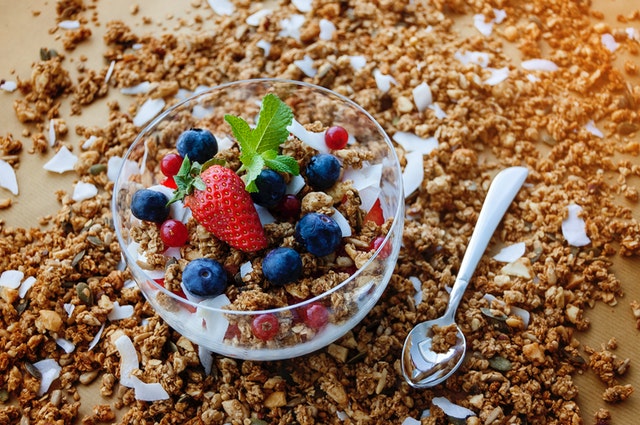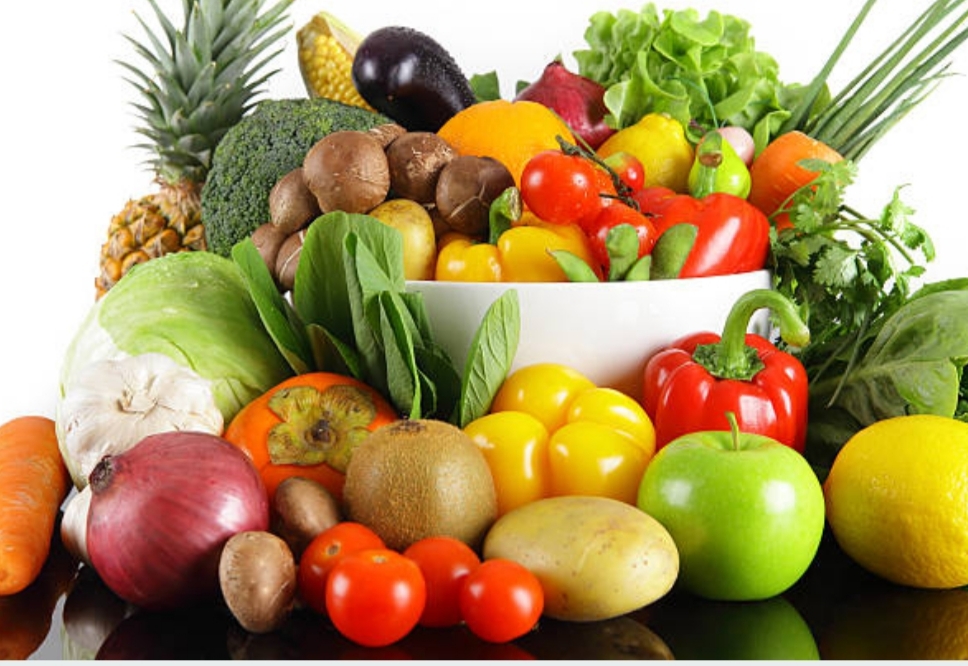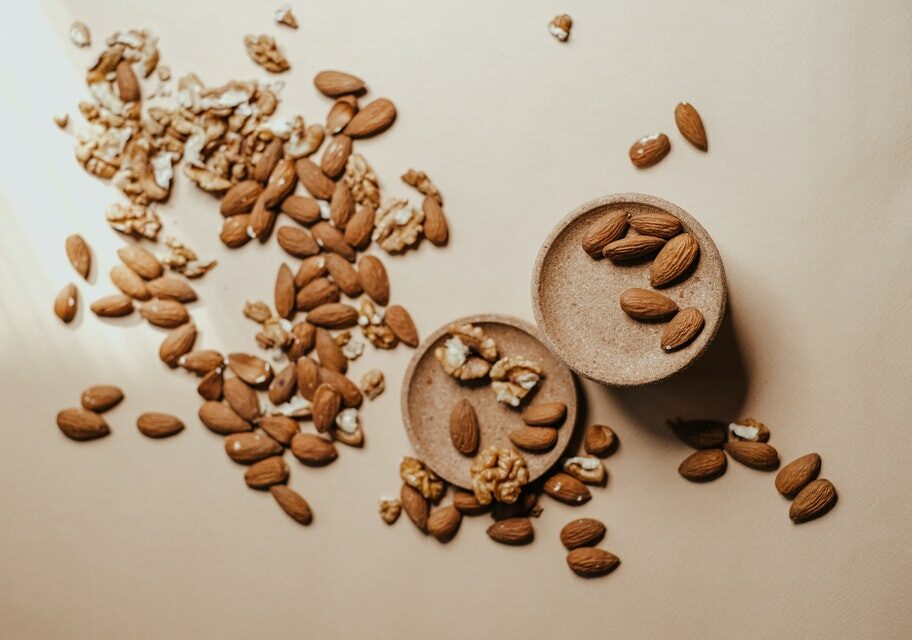Diabetes mellitus (DM), commonly called diabetes, is a group of metabolic disorders and diseases characterized by high blood sugar levels over prolonged period. The symptoms of high blood glucose (sugar) levels include increased thirst, increased hunger, and frequent urination. Diabetes can cause many complications if not carefully treated and controlled.
The management of diabetes focuses on keeping blood sugar levels very close to normal, without causing a low blood sugar level. This can often be accomplished with dietary changes, weight loss, exercise, and use of appropriate medications (oral medications, insulin).
Those with diabetes can benefit from the education about the disease and its treatment, dietary changes required, and exercise, with the aim of keeping both the short-term and the long-term blood glucose levels within adequate and acceptable bounds. Additionally, given the associated higher risk of cardiovascular disease, modifications of lifestyle are recommended to control blood pressure, including healthy eating, regular exercise, and maintaining normal weight (BMI 18 to 25).
One serving in a category is called a “choice.” A food choice has about the same amount of carbohydrates, protein, fat, and calories — and the same effect on your blood glucose — as a serving of every other food in that same category. For example, the starch, fruits, and milk list include choices that are 12 to 15 grams of carbohydrates.
Why do people with diabetes need to develop a healthy eating plan?
If you have diabetes or pre-diabetes, your must see a dietitian, who can help you to develop a healthy eating plan. The diet plan will help you to control the blood sugar (glucose), weight Management, and control heart disease risk factors, such as high blood pressure and high blood fats or cholesterol. When you eat extra calories and fat, your body creates an undesirable rise in blood glucose. If blood glucose isn’t kept in check, it can lead to serious problems, such as a high blood glucose level (hyperglycemia) that, if persistent, may lead to long-term complications, such as nerve, kidney, and heart damage. You can help keep your blood glucose level in a safe range by making healthy food choices and tracking your eating habits. For most people with type 2 diabetes, weight loss also can make it easier to control blood glucose and offers a host of other health benefits. If you need to lose weight, a diabetes diet provides a well-organized, nutritious way to reach your goal safely.
A diabetes diet is based on eating three meals a day at regular times. This helps you better use the insulin that your body produces or gets through medication. A registered dietitian can help you put together a diet based on your health goals, tastes, and lifestyle. He or she can also talk with you about how to improve your eating habits, such as choosing portion sizes that suit the needs for your size and activity level.

Recommended Diet for Diabetes
Make your calories count with these nutritious foods. Choose healthy carbohydrates, fiber-rich foods, fish, and “good” fats.
Healthy carbohydrates
During digestion, sugars (simple carbohydrates) and starches (complex carbohydrates) break down into blood glucose. Focus on healthy carbohydrates, such as:
- Fruits
- Vegetables
- Whole grains
- Legumes, such as beans and peas
- Low-fat dairy products, such as milk and cheese
Avoid less healthy carbohydrates, such as foods or drinks with added fats, sugars, and sodium.

Fiber-rich foods
Dietary fiber includes all parts of plant foods that your body can’t digest or absorb. Fiber moderates how your body digests and helps control blood sugar levels. Foods high in fiber include:
- Vegetables
- Fruits
- Nuts
- Legumes, such as beans and peas
- Whole grains

Heart-healthy fish
Eat heart-healthy fish at least twice a week. Fish such as salmon, mackerel, tuna, and sardines are rich in omega-3 fatty acids, which may prevent heart disease. Avoid fried fish and fish with high levels of mercury, such as king mackerel.
‘Good’ fats
Foods containing monounsaturated and polyunsaturated fats can help lower your cholesterol levels. These include:
- Avocados
- Nuts
- Olive, and peanut oils
But don’t overdo it, as all fats are high in calories.

Foods to Diet
Diabetes increases your risk of heart disease and stroke by accelerating the development of clogged and hardened arteries. Foods containing the following can work against your goal of a heart-healthy diet.
- Saturated fats. Avoid high-fat dairy products and animal proteins such as butter, beef, hot dogs, sausage, and bacon. Also, limit coconut and palm kernel oils.
- Trans fats. Avoid trans fats found in processed snacks, baked goods, shortening, and stick margarine.
- Cholesterol. Cholesterol sources include high-fat dairy products and high-fat animal proteins, egg yolks, liver, and other organ meats. Aim for no more than 200 milligrams (mg) of cholesterol a day.
- Sodium. Aim for less than 2,300 mg of sodium a day. Your doctor may suggest you aim for even less if you have high blood pressure.
Putting it all together: Creating a plan
You may use a few different approaches to create a diabetes diet to help you keep your blood glucose level within a normal range. With a dietitian’s help, you may find that one or a combination of the following methods works for you:
The plate method
The American Diabetes Association offers a simple method of meal planning. In essence, it focuses on eating more vegetables. Follow these steps when preparing your plate:
- Fill half of your plate with non-starchy vegetables, such as spinach, carrots, and tomatoes.
- Include “good” fats such as nuts or avocados in small amounts
- Fill a quarter of your plate with protein, such as tuna, lean pork, or chicken.
- Fill the last quarter with a whole-grain item, such as brown rice, or a starchy vegetable, such as green peas.
- Add a serving of fruit or dairy and a drink of water or unsweetened tea or coffee.
What are the results of a diabetes diet?
Embracing your healthy-eating plan is the best way to keep your blood glucose level under control and prevent diabetes complications. And if you need to lose weight, you can tailor it to your specific goals. Aside from managing your diabetes, a diabetes diet offers other benefits, too. Because a diabetes diet recommends generous amounts of fruits, vegetables, and fiber, following it is likely to reduce your risk of cardiovascular diseases and certain types of cancer. And consuming low-fat dairy products can reduce your risk of low bone mass in the future.
These things may seem like a lot to do at first. Just make small changes until these steps become a normal part of your day. Follow Your Healthy Eating Plan Ask your Nutritionist (FoodNWellness), to help you to create a healthy eating plan. Our dietitians can help you to plan meals that include foods that you and your family like and that are good for you.




